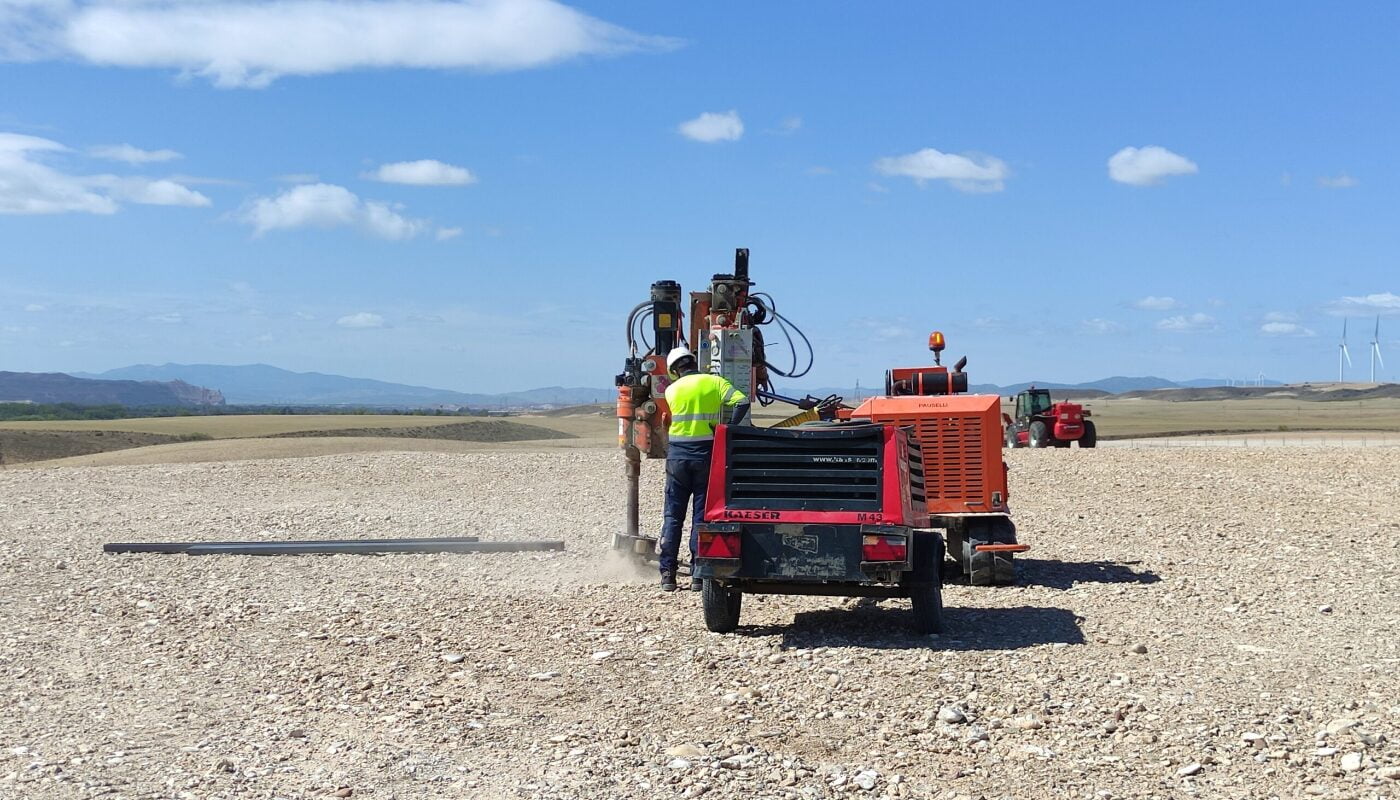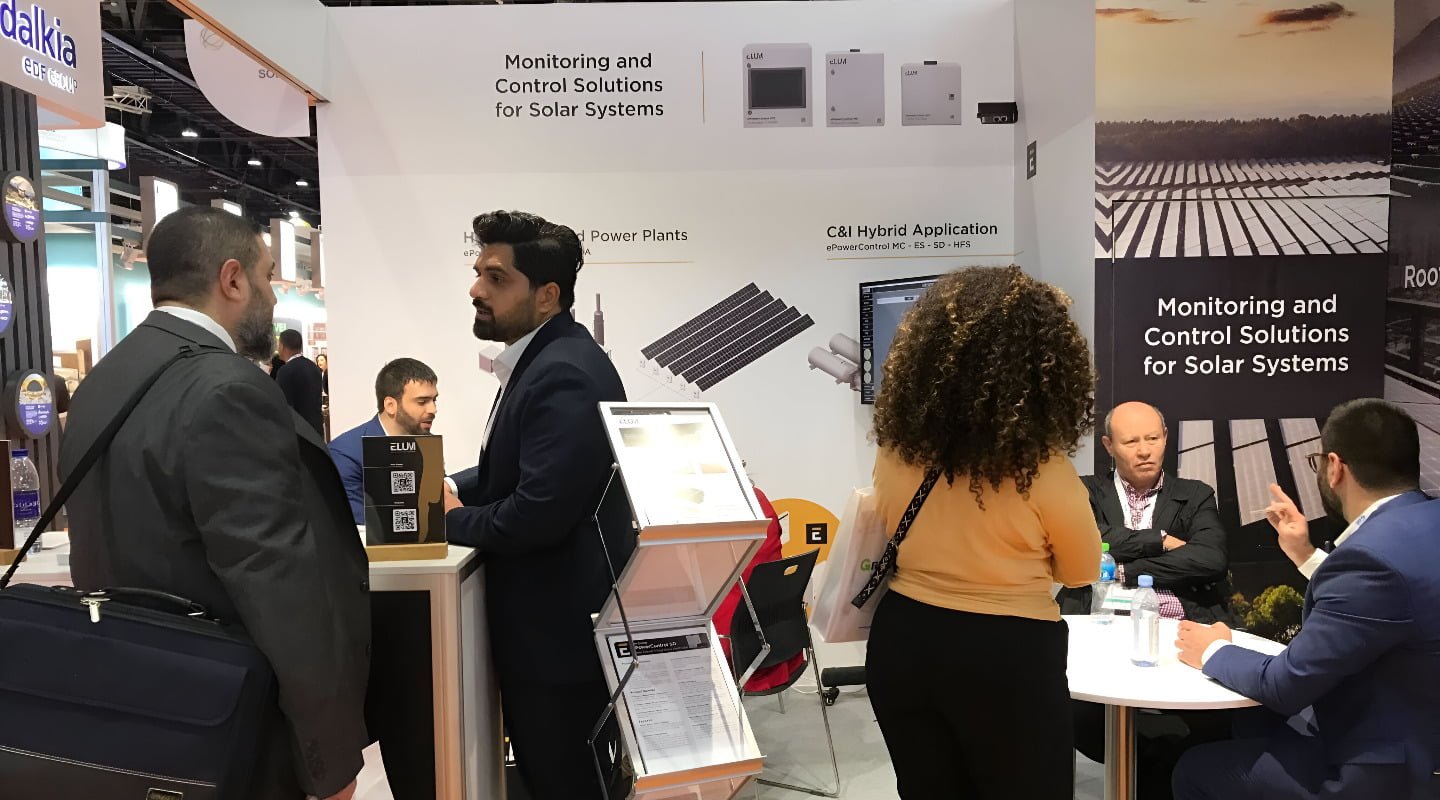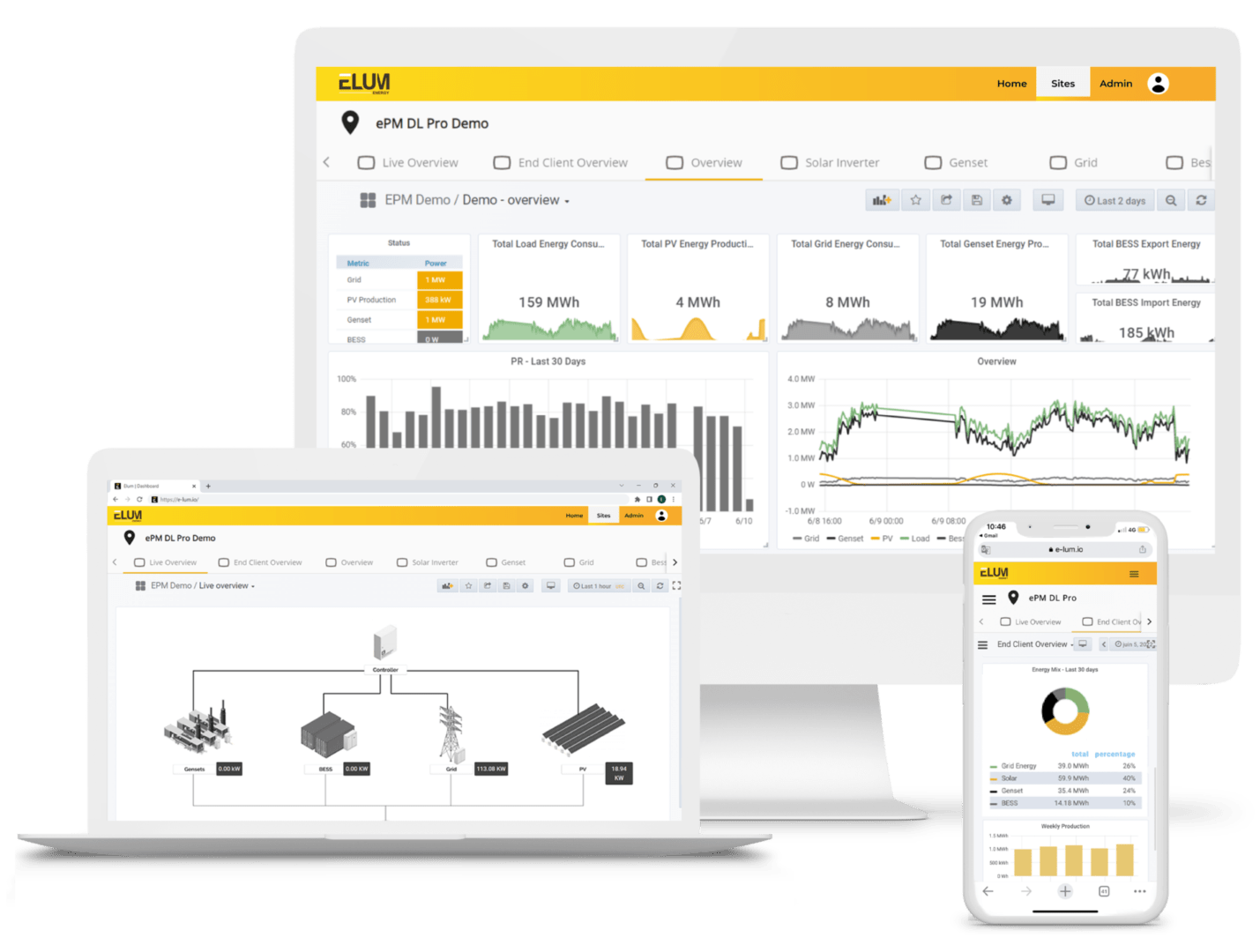What is Load Shedding?
Introduction
Load shedding is a controlled shutdown of the power supply. With fuel prices and energy demand rising, the global shortage of generation capacity is becoming more evident in many countries. Utility powers are forced to implement measures to protect power grids from prolonged failure.
In this article, we will break down load shedding and how to deal with it.

What is load shedding?
Load shedding is a method to balance the demand and supply of electricity within a state. When the electricity demand exceeds the ability of a primary power source to supply it, it is used to relieve strain on the source.
The grid may become unstable if insufficient supply cannot meet consumer demand. Thus, causing damage to equipment and leaving more customers without power for extended periods if load shedding is not triggered.
In short, it is a controlled shutdown of the power supply in a given area.
How are the zones selected?
No area is targeted. But instead, load shedding is distributed across the network, often in zones or territories with accompanying stages.
The term ‘zone’ refers to a cluster of surrounding suburbs within a city. For load-shed countries, customers rely on schedules (that can be found online) to determine under which territory their building falls.
Power utilities avoid disrupting sensitive areas like major hospitals, central business districts, and municipal buildings where the loss of electricity could be dangerous to the public.
What are the stages of load shedding?
As with the areas, load shedding is broken into levels or stages. These determine how often and how long load shedding will last within any given day. As the level increases, so too does the frequency and duration.
For example, within stage one, a zone may experience 2 hours of load shedding in one day. Should government officials announce stage 6, a zone can expect multiple two to four-hour sessions.
Load shedding vs blackout - what is the difference?
If load shedding is the shutdown of the energy supply, how is that different from a power cut? Although the terms seem synonymous, there are differences to note.
Some countries use specific terms to refer to their lack of electricity, depending on their situation. For instance, South Africa, Pakistan, and Sri Lanka use “load shedding” because it is structured and routine.
While the U.S., Australia, and China favor “power cuts” or “rolling blackouts” because they are rare and often seen as an emergency procedure to protect the grid from extreme weather.
A blackout or power failure is a total loss of power in an area due to damage to the grid. Depending on the extent of the damage, these unscheduled outages could last for any length of time. Load shedding is the last resort measure to avoid blackouts.
What causes load shedding?
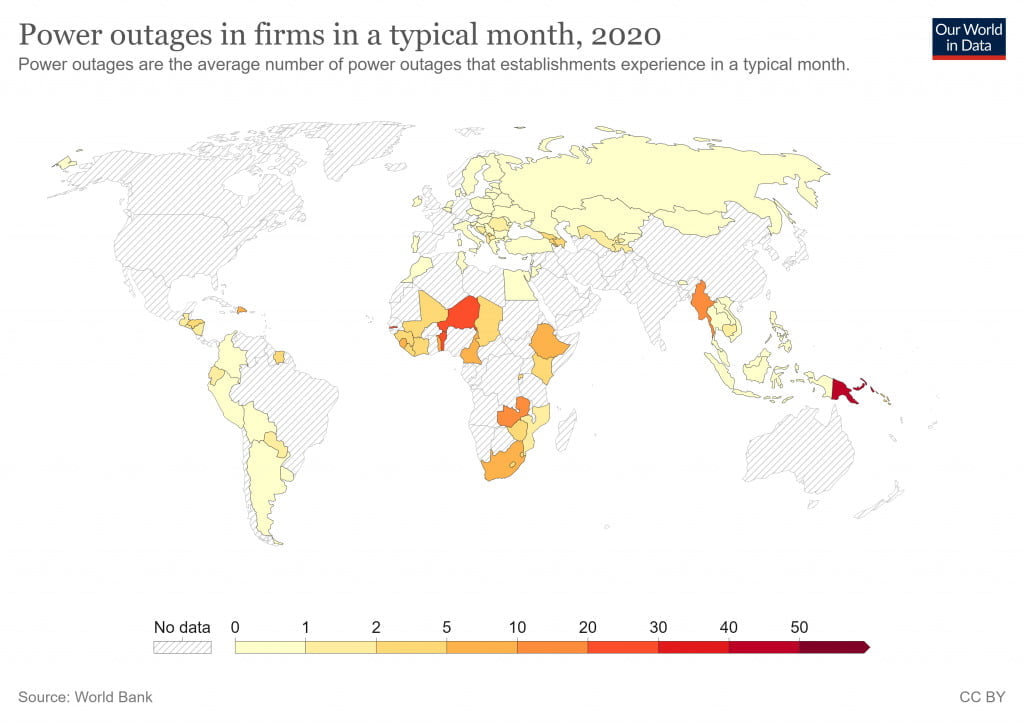
The lack of generation capacity is the overarching cause. Insufficient infrastructure to produce enough electricity to meet demand heavily strains the grid. That strain alone leaves the network susceptible/vulnerable to other factors resulting in load shedding like:
- unplanned generation plant outages
- unexpected damage to equipment
- extreme weather
- or a combination of these factors
Power utilities decide the distribution and how to reduce consumption. Often, these are in the form of scheduled load shedding, in which areas are turned off for some time. This is a short-term solution that is being implemented in many countries. In the long run, we need to increase generation capacity.
What is the impact of load shedding on businesses?
Load shedding can have a severe impact on business and the greater economy of a country. Loss of production, profit and device damage are some of the main negative effects on businesses.
1. Loss of production
Loss of electrical power can make it impossible for businesses to meet daily targets if they rely on machinery or technology.
2. Loss of profit
The loss of production results in a loss of profit and, in some instances, a significant loss of capital. Due to the fact that businesses cannot operate in darkness, they must find alternative routes to generate energy, which incurs fees. Businesses have to spend money on generators raising their operational costs. Moreover, load shedding leads to job losses since employers cannot pay their workers during power outages for what is essentially non-work.
3. Damage to devices
Finally, the damage to devices; when the power is returned, a surge of electricity upsets the electrical system’s steady voltage flow. As a result, electronic components can be damaged, which incurs fees as they have to be replaced.
The above factors impede economic activity. In an economy where businesses cannot operate, and unemployment is high, there is no room for growth. In fact, the South African government estimated a loss of US$29 million a day in lost activity for each load shedding stage.
More on the impact of load shedding on businesses in South Africa here.
What is the solution to mitigate load shedding?
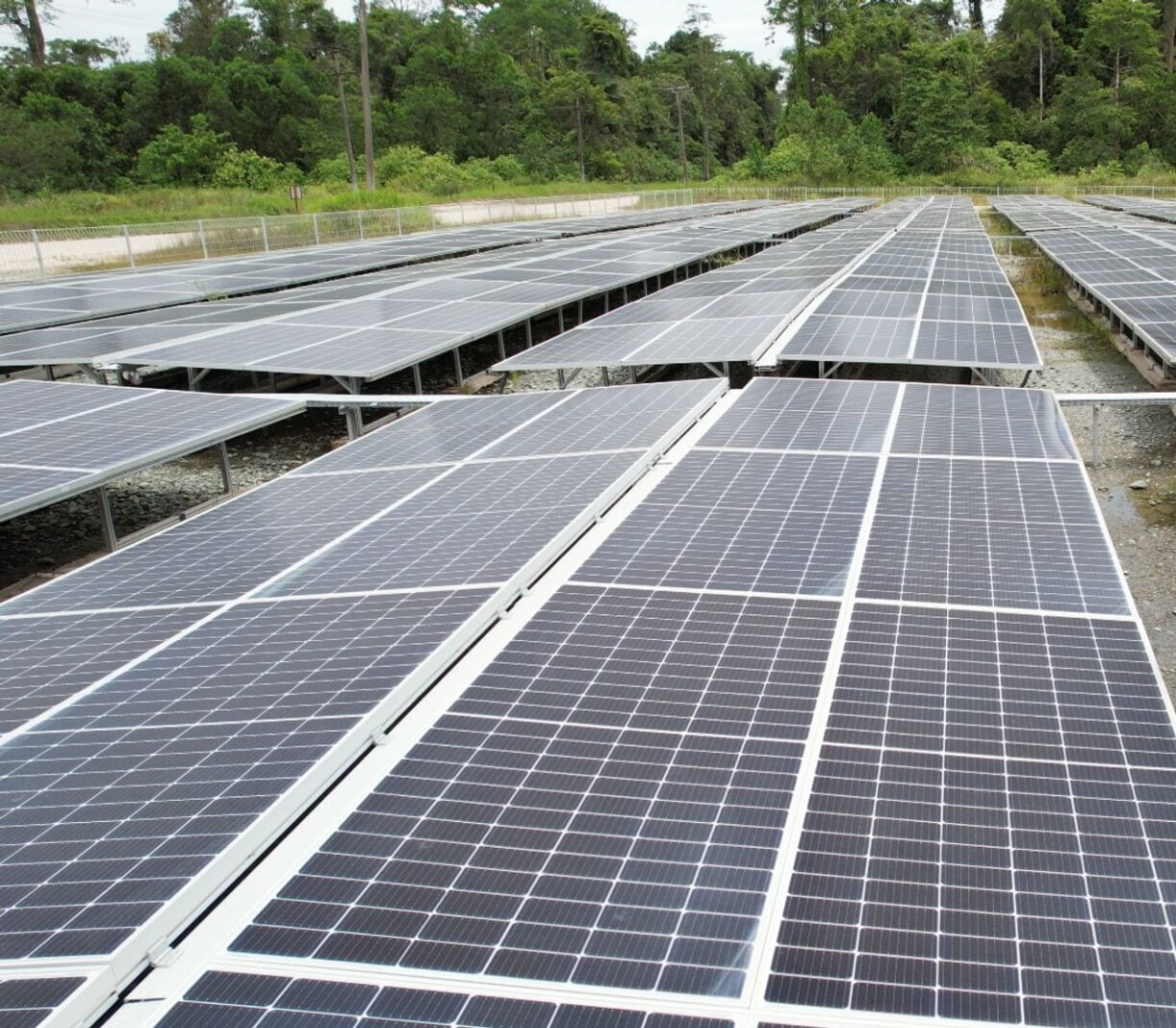
What is the solution to mitigate load shedding?
Increasing generation capacity is imperative. Sadly, this is not a quick solution, and while governments are grappling with that, there are a few options for businesses to cope in the meantime. Like:
- Transitioning to green energy to reduce the impact of load shedding
- Finding another supplementary source of energy to still operates despite blackouts
- Adding energy storage to mitigate scheduled power cuts
- Installing a production and storage system to fight load shedding
1. Transitioning to green energy to reduce the impact of load shedding
To increase production, one can turn to renewable energy. It allows electricity generation at comparatively affordable rates, not to mention the environmental benefits it provides.
The easiest way: Installing Solar
Renewable energy can take many forms, but solar energy is still the easiest way to go green despite the many options available. Commercial solar-powered systems have already seduced big and small organizations all around the world. Indeed, large-scale solar installations provide an affordable solution to save money on energy expenses.
To comply with local laws and regulations, use a suitable controller for your installation. Depending on your country’s laws, you might just need to limit injection, but sometimes you might need more. Which we’ve explained here. A solar controller can help manage these systems efficiently.
2. Finding another supplementary source of energy to still operates despite blackouts
A poor grid is often defined as an unreliable grid because of regular power cuts. It is a plague for many businesses, and to momentarily increase the energy they have access to, they turn to other supplementary energy sources.
The most used method: Diesel generators
Diesel generators are, for most, the first step to freedom from the consequences of load shedding. A diesel backup is the quickest method to combat a power outage.
Though it can increase resilience by strengthening access to power, using diesel backup alone is not the energy-smartest approach. Indeed, fuel costs have never been higher, and it can be hard to get them in certain locations. The logistics and expenses are only some of the negatives to gensets as they also come with air pollution and a certain upkeep cost. Regardless, gensets are best when left in a supporting role and are only a small part of a bigger system. Find out all you need to know in this article.
3. Adding energy storage to mitigate scheduled power cuts
As explained above, load shedding is basically scheduled power cuts. To avoid being deprived of energy during those blackouts, another solution is a battery storage system.
The trendiest solution: Add a Battery storage system (BESS)
Batteries are the best tools for emergency preparedness. Unlike our other solutions, a battery does not produce energy as a standalone product; it is a reliable backup.
It can help companies better control their energy use. In this sense, it helps save money when other energy sources are unavailable. Combined with solar PV or gensets, this solution can be more than just helpful during power outages.
It’s important to note that Batteries are best paired with controllers to optimize their use. A microgrid controller, like our ePowercontrol MC can easily integrate into your solar + storage system in this siuation.
4. Installing a production and storage system to fight load shedding
This solution uses all our above advice in the most optimized way. Only producing energy or only storing energy can be lacking in certain situations. This is why coupling production and storage is the most efficient way to tackle load shedding.
The smartest solution: Solar + Battery
Installing solar + battery systems with the aid of control solutions like ePowerControl can ensure the consistency of electricity when load shedding occurs. This solution is the most reliable and effective one we can propose. As a matter of fact, it will allow you to become more independent from the leading network. Businesses can plan and run their operations without sacrificing stock or production time, reducing fuel consumption and import dependency.
You can learn more about why you need a controller for this configuration here. But simply put, it will be the maestro of your energy production and stocking orchestra. As a smart energy management system, your controller will optimize the use of your stored power during power outages or when utility energy is billed at a higher rate.


